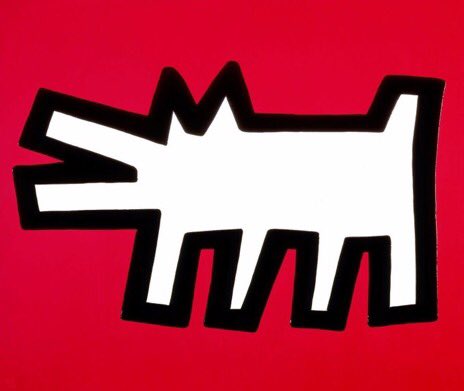Keith Haring
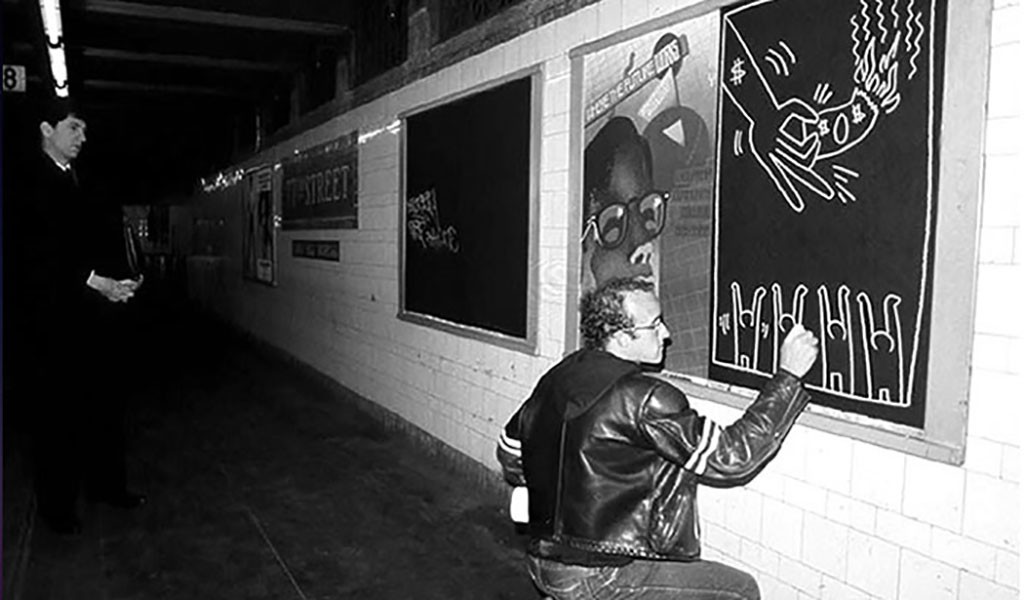
Keith Haring exploded onto the New York art scene in the 1980s, turning empty subway walls into lively chalk drawings that everyday commuters couldn’t ignore. Influenced by graffiti culture, hip-hop rhythms, and pop art, he developed a bright, cartoon-like style that tackled tough issues—everything from the crack cocaine epidemic to apartheid to AIDS awareness. For Haring, art was about showing up in public spaces, sparking curiosity, and inspiring social change.
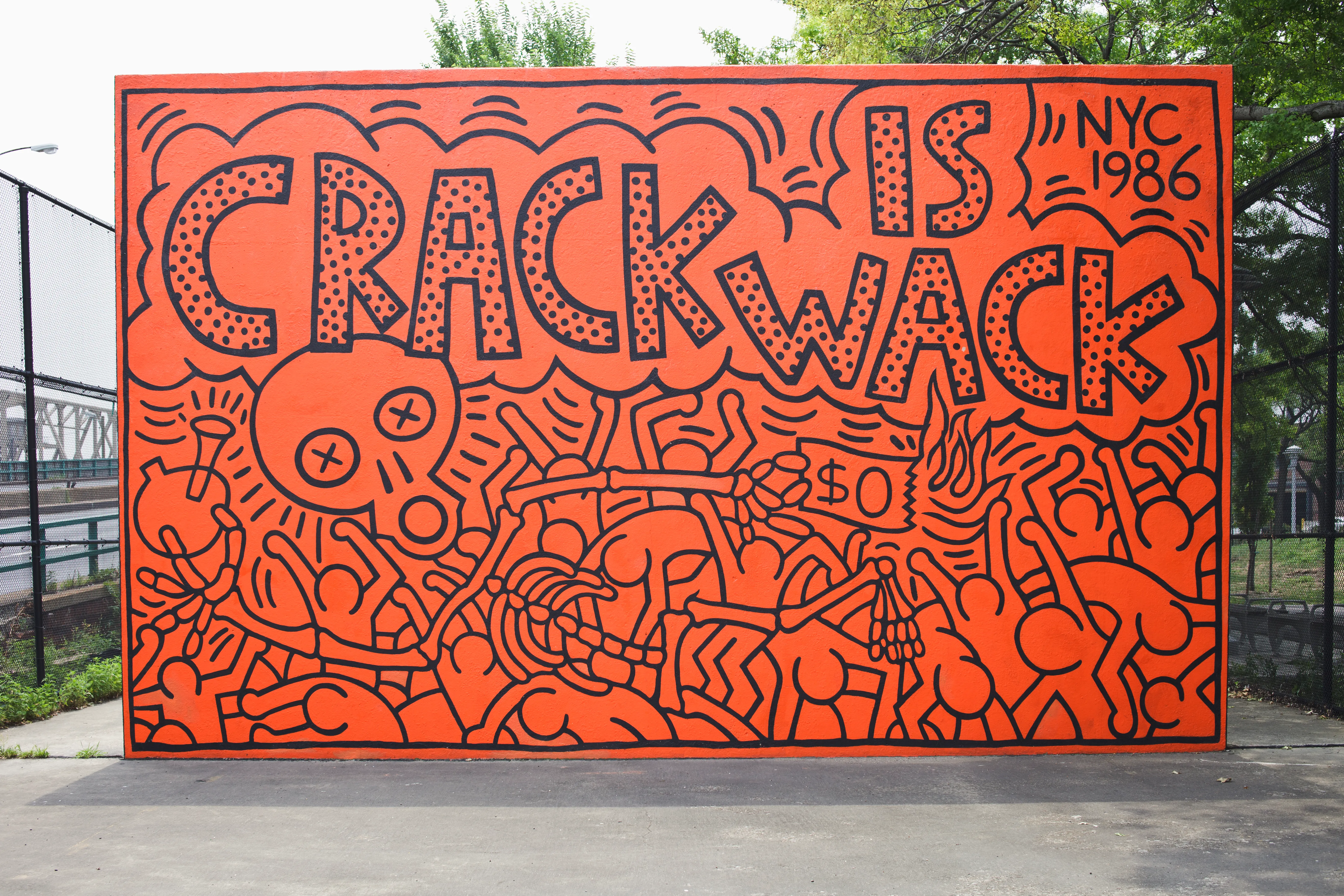
Haring’s style was deceptively simple: radiant babies, barking dogs, and dancing figures filled his compositions. But beneath the vibrant visuals were urgent messages about AIDS awareness, LGBTQ+ rights, anti-apartheid activism, and anti-drug education. Whether on handball courts or the Berlin Wall, Haring used his art as a megaphone for resistance, an act of radical visibility in a world that too often ignored the marginalized.
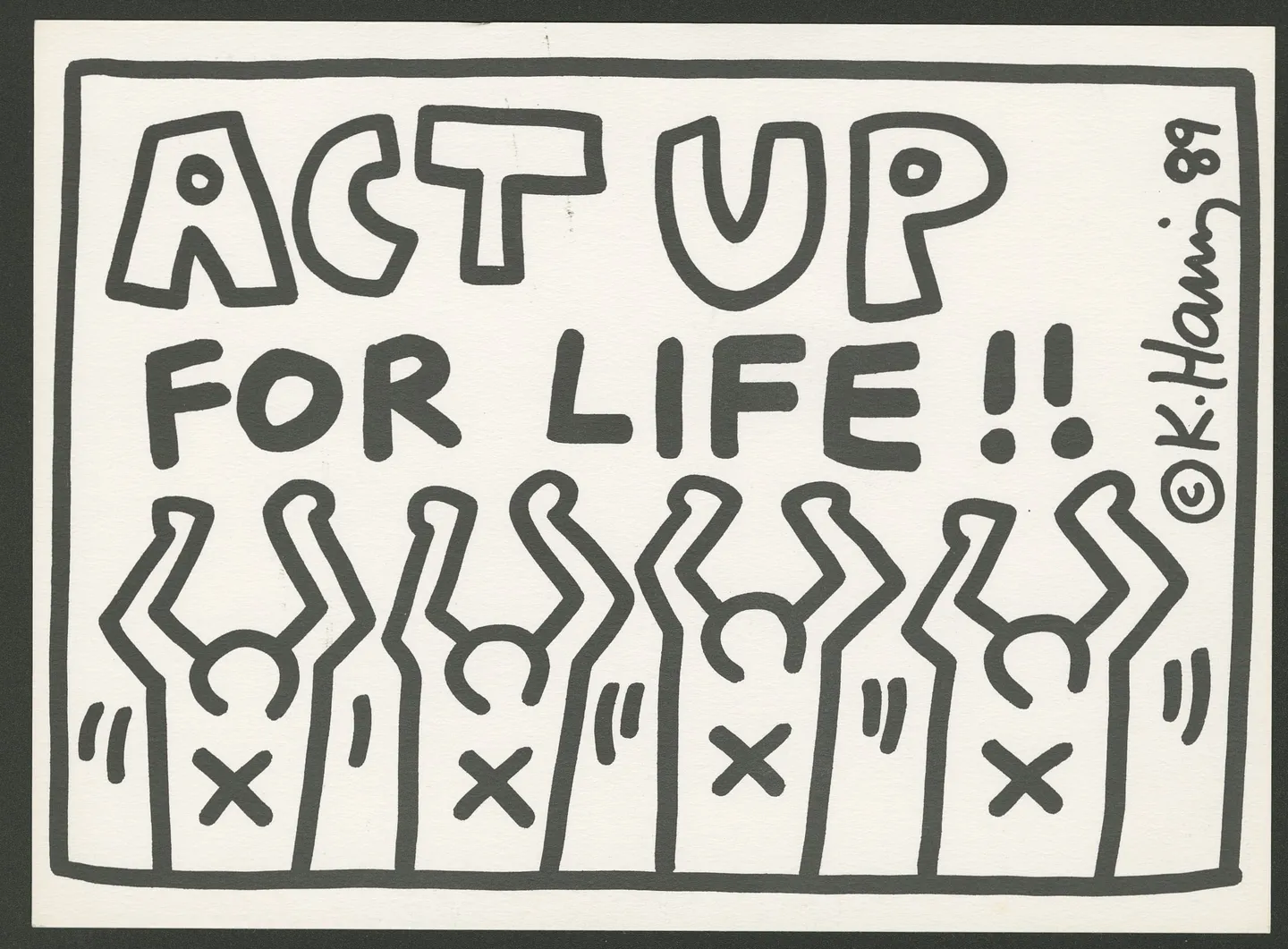
In 1986, he opened the Pop Shop to democratize art by selling affordable prints, T-shirts, and buttons—rejecting the gatekeeping of the gallery world. For Haring, creativity was a form of civic participation. He worked with children, supported ACT UP, and donated art to raise awareness around the crack epidemic, nuclear disarmament, and systemic injustice, all while staying rooted in community and public space.
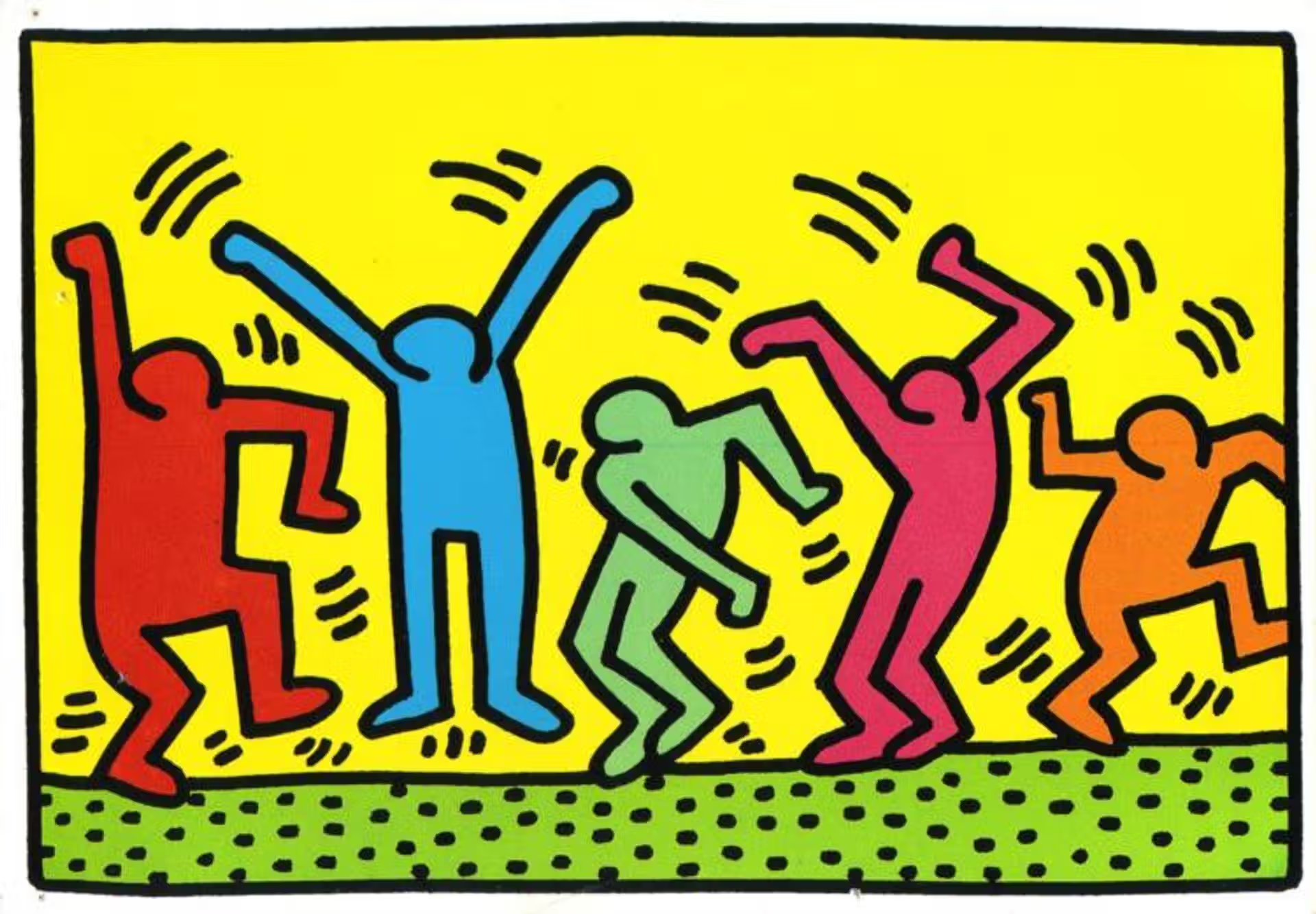
Sadly, Haring passed away from AIDS-related complications at just 31, but not before founding the Keith Haring Foundation. That foundation continues his mission to support children’s programs and help fund HIV/AIDS research. Even decades later, his symbols remain iconic and his vision uncompromising, a reminder that art can dance, shout, protest, and heal all at once. He proved that making things beautiful and making things better are not mutually exclusive, they’re intertwined.
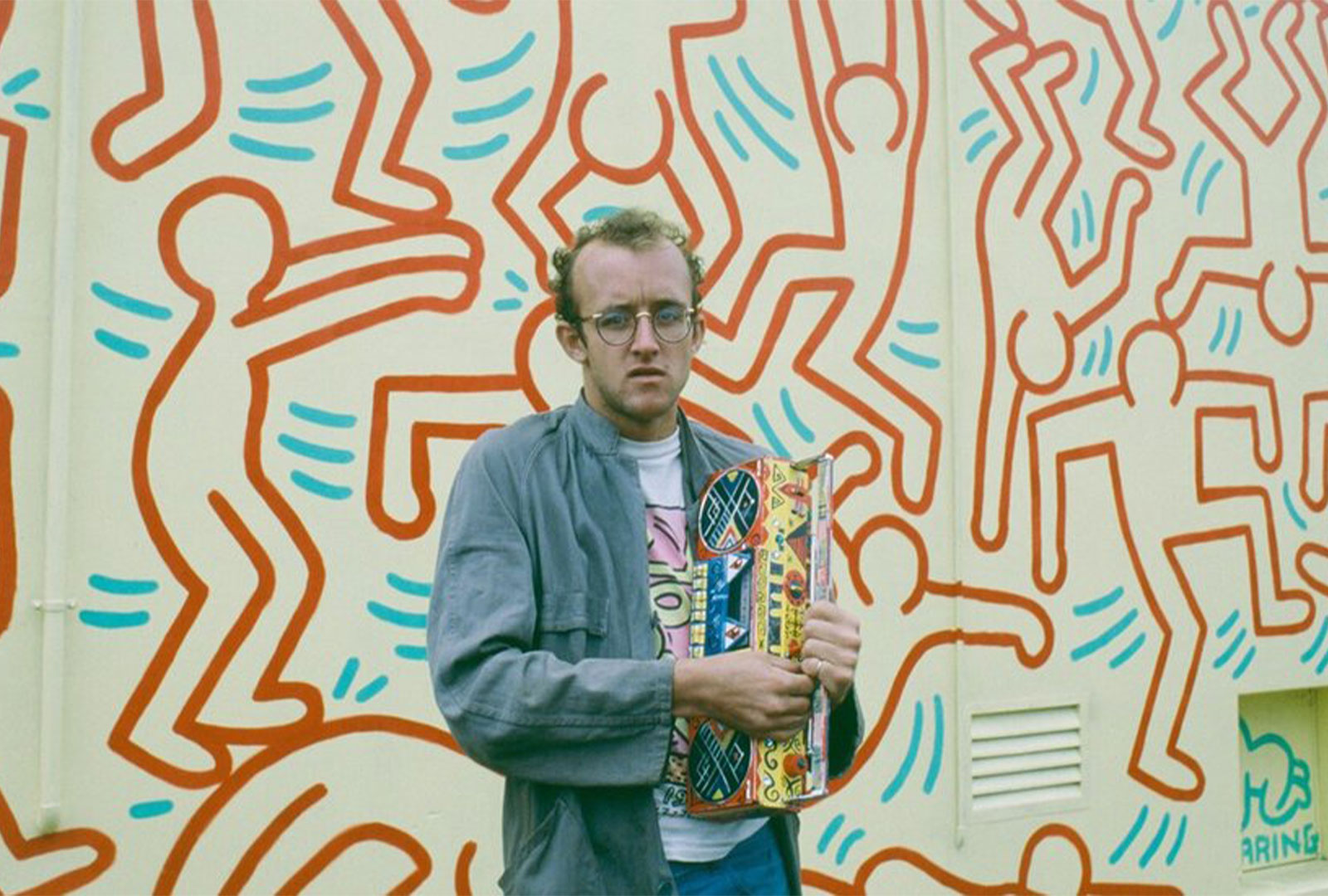
?
How did Haring use simple lines and figures to talk about serious issues like AIDS and drug abuse?
Why do you think his drawings in the subway got such a big reaction from everyday people?
How did Haring’s experience as an openly gay artist influence his artwork?
What made the Pop Shop concept so special for making art more accessible?
Why was public space so important for Keith Haring’s style and message?
In what ways does Haring’s legacy continue to support young people and social causes?
Dig Deeper
Haring had championed the poster format as a traditional form of political activism. He saw in them the immediacy which we now think of when we think of his aesthetic.
Discover more

Jean-Michel Basquiat
Basquiat’s art is a reminder that true genius doesn’t wait for validation — it interrupts, disrupts, and reclaims. He didn’t just break into the art world; he broke it open, proving that creativity, when wielded with truth and urgency, can rewrite the rules, reclaim the narrative, and shake the system to its core.

Banksy
With every stencil, Banksy turns walls into wake-up calls, reminding us that truth speaks loudest when it’s unsanctioned, unfiltered, and for the people. He reminds us that art doesn’t need a frame to matter, a gallery to provoke, or a name to speak volumes.

Andy Warhol
Warhol showed us that art doesn’t have to be rarefied — it can be mass-produced, branded, and broadcast. He turned the ordinary into icons and held up a silkscreened lens to our obsessions, proving that culture itself could be both canvas and critique.
Further Reading
Stay curious!
